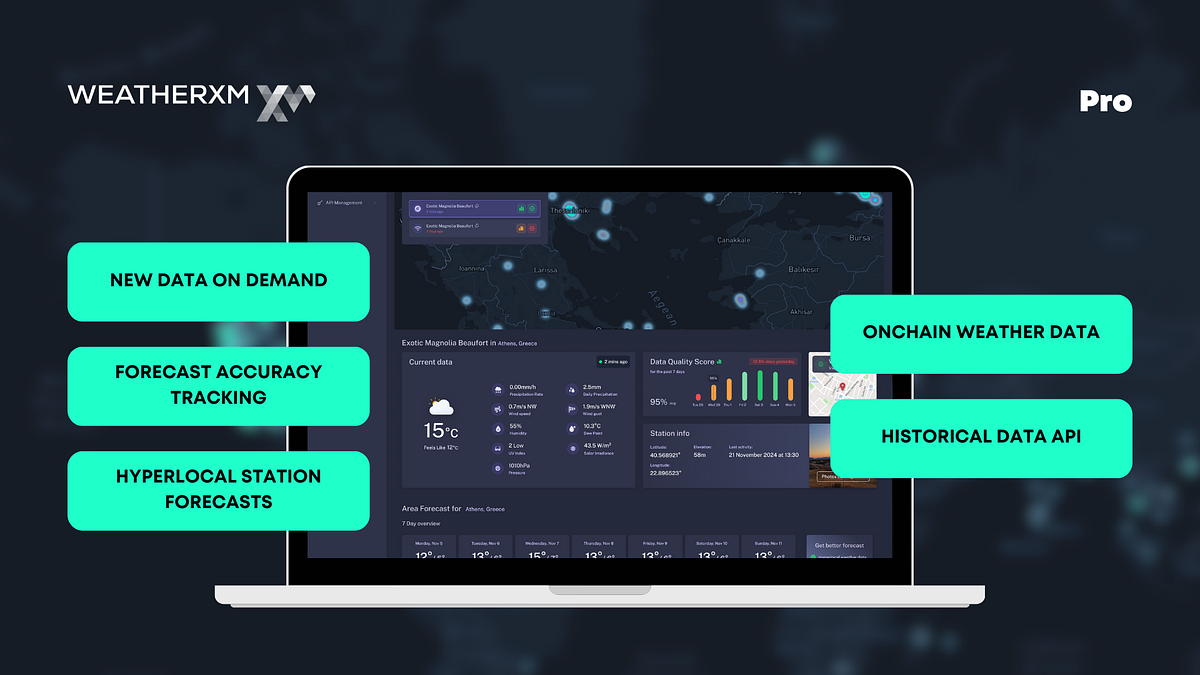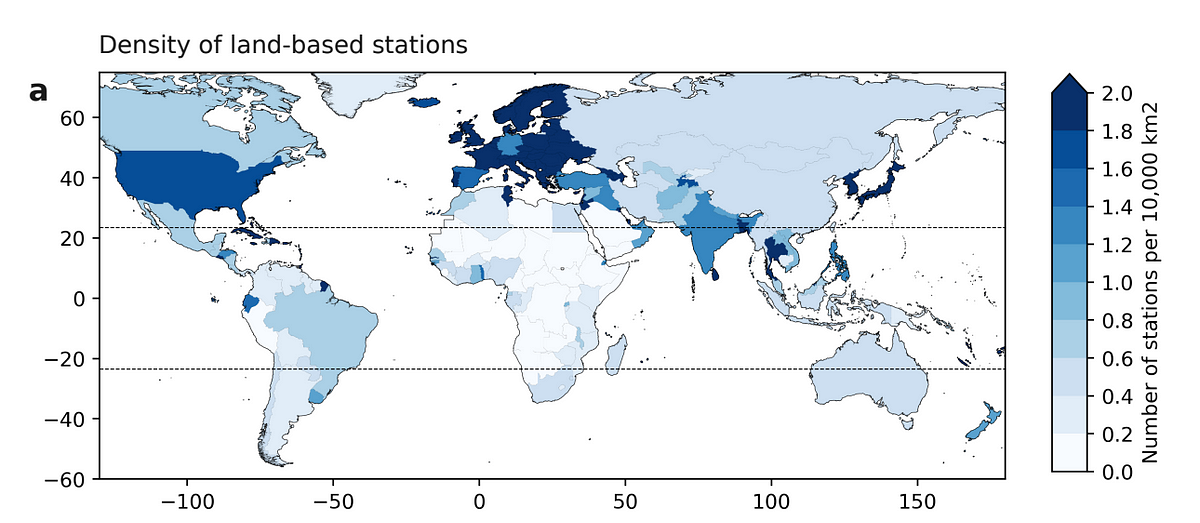Changing Weather Patterns in San Francisco

San Francisco has experienced a noticeable change in its weather patterns over the past few decades, with less summer fog and more turbulent winds. This phenomenon is also observed in Southern California and the Columbia River Gorge. The primary cause of this change is the interaction between the steady cool WSW winds in the Golden Gate area and the warmer, unstable NNW winds above. The topography of Marin County exacerbates this turbulence at Crissy Field near the Golden Gate Bridge. The North Pacific High (NPH), a high-pressure system between Hawaii and the US west coast, is responsible for the NW ocean winds common from March to September. However, in recent years, the NPH has been pushing ridges further into the Pacific Northwest and northern California, causing NNW winds at higher altitudes. The cool, dense air from the NW wind becomes unstable and turbulent when it hits the sun-baked Coast Range, leading to wind shifts, gusts, and lulls. This change in weather patterns is ultimately linked to the warming Arctic.
Related News





